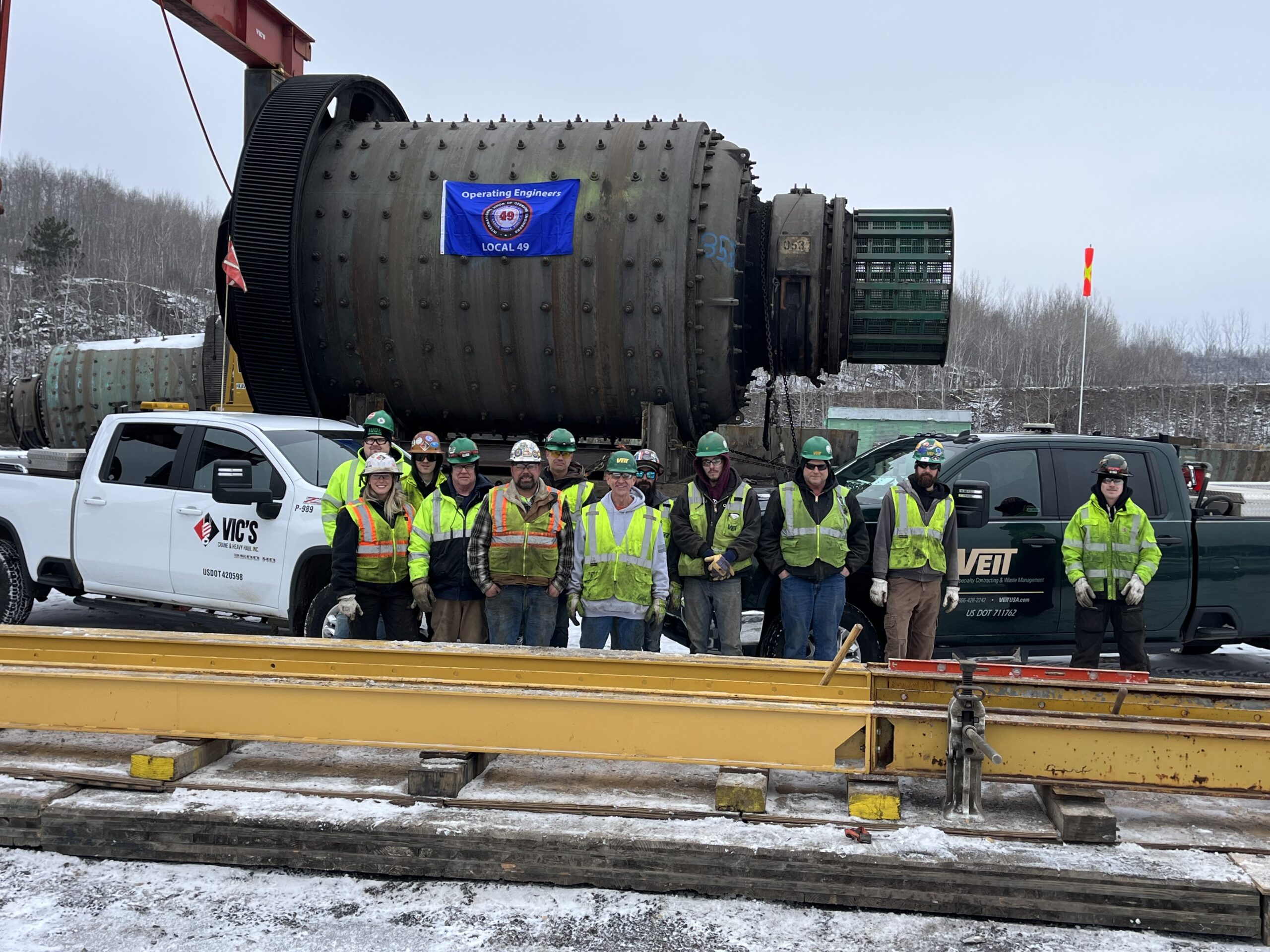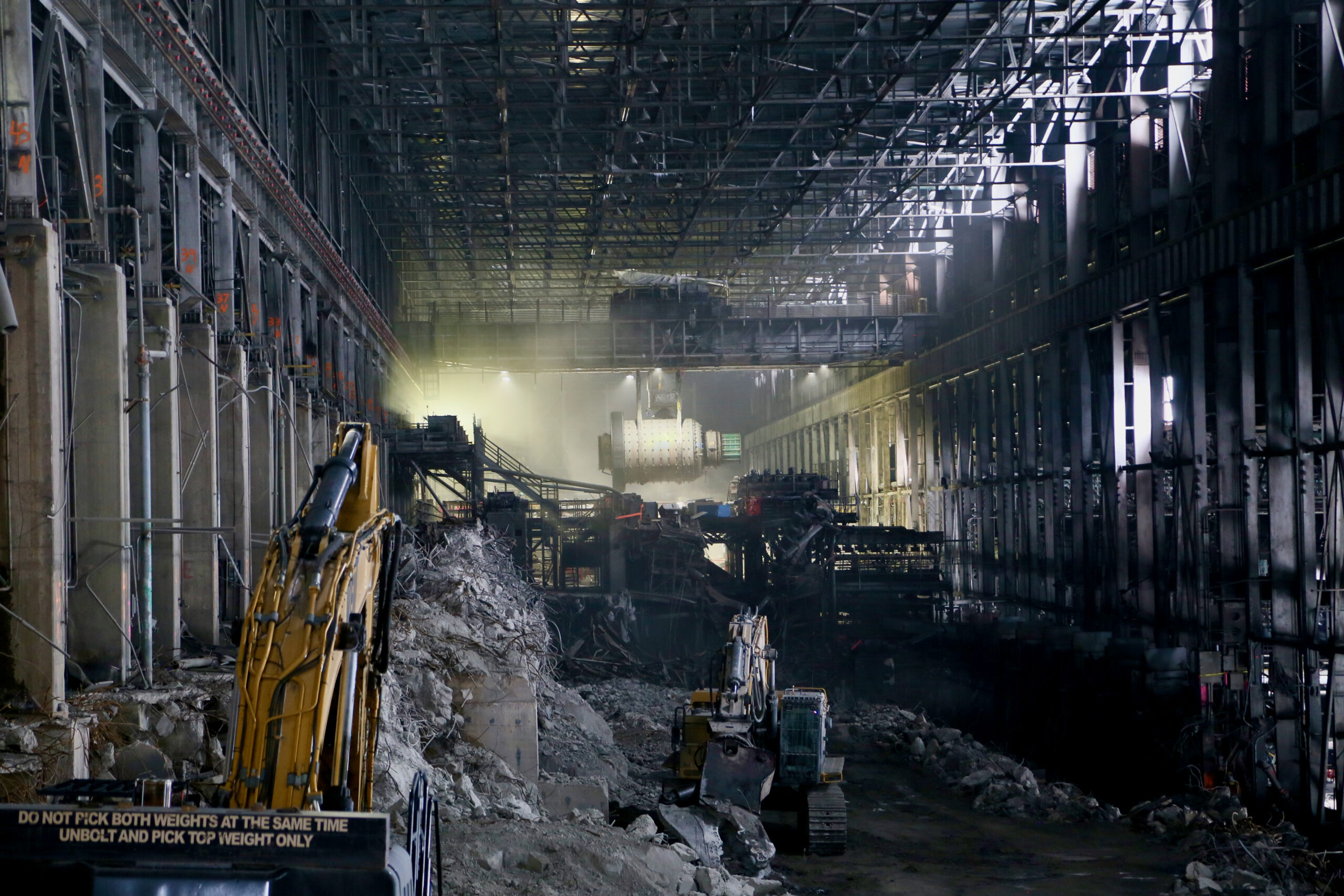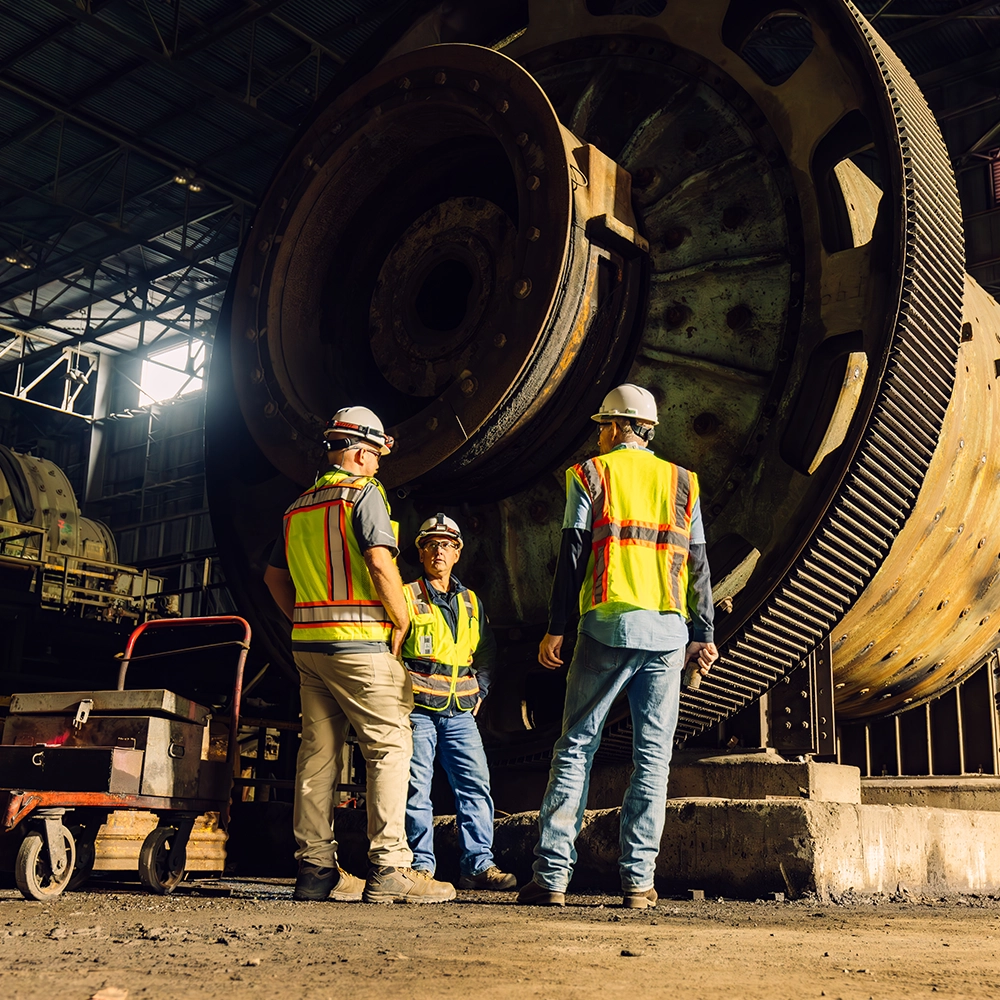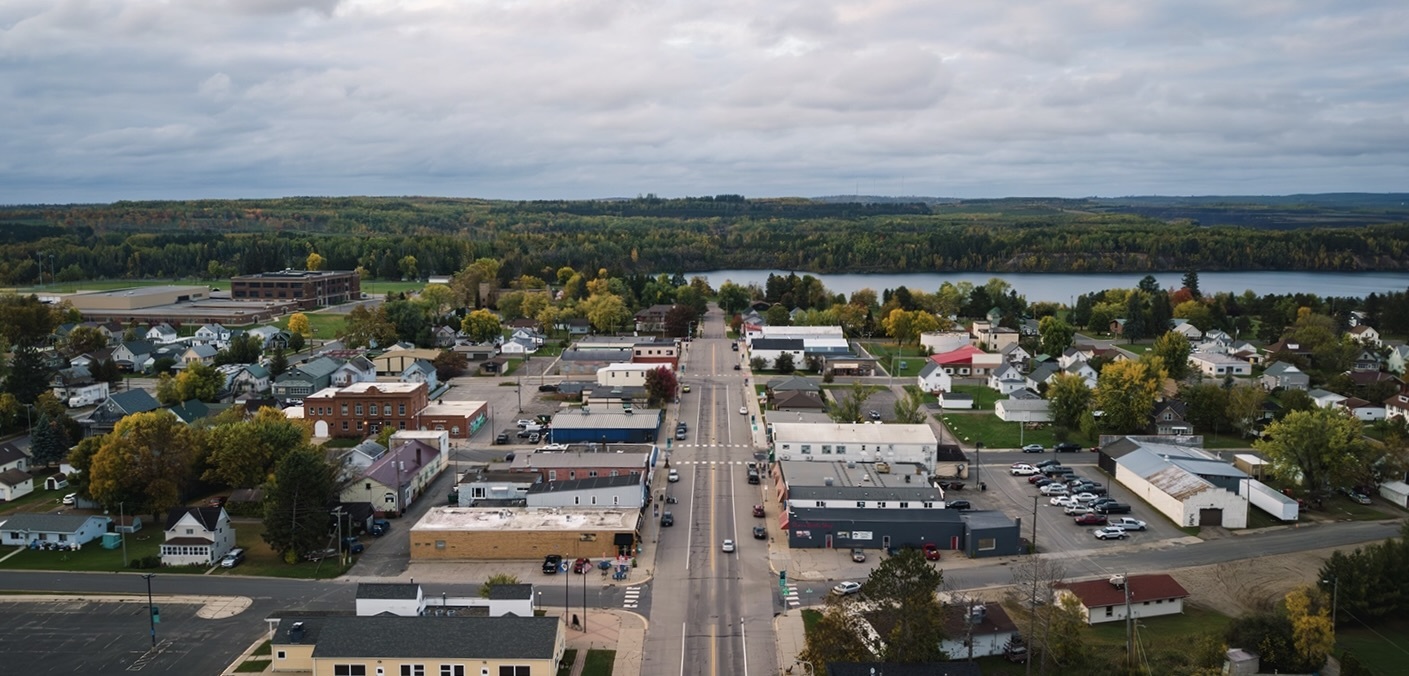NorthMet Project
Opportunity for Minnesota Mining
The NorthMet deposit is located in the Duluth Complex, a formation adjacent to the Iron Range that holds one of the world’s largest known accumulations of metals. It sits within an established mining zone, with existing infrastructure and resources such as:
- Roads
- Power grid
- Water
- Rail access
- Mature vendor network
- Seasoned mining workforce
Over its 20-year permitted life, NorthMet will yield metals that are vital to our energy independence.
This project is currently awaiting final legal and regulatory resolution for project approval, after a comprehensive federal and state environmental review and permitting process, including a federal land exchange and involved considerable public involvement.
The project will use existing brownfield plant locations to minimize environmental and land use, and when in operation, will clean up water quality issues from legacy iron ore mining and processing, leading to net reductions in loading of mercury and sulfate in the St. Louis River.
The legacy iron ore facility was the subject of a large-scale recycle project, in which 64 rod and ball mills were salvaged and the interior of the quarter-mile-long concentrator underwent demolition in anticipation of NorthMet’s eventual sanctioning and the building returning to beneficial use.
Upon permitting approval, NewRange can build and operate a 32,000 tons per day, open pit mining operation that will produce copper and nickel-copper concentrates.


Members of Operating Engineers Local 49 played an instrumental role in the massive salvage and recycle of the former LTV Steel concentrator.
Economy
Growing the Local Economy
NorthMet will create up to 1,000 jobs, revitalizing the economy of a region that was built on iron ore and taconite mining.
Recycling
Cleaning Up the Legacy Site
The project is expected to infuse more than $1 billion and 2 million hours into construction efforts, much of which includes rehabilitating an existing iron ore processing site.



Economy
Growing the Local Economy
NorthMet will create up to 1,000 jobs, revitalizing the economy of a region that was built on iron ore and taconite mining.

Recycling
Cleaning Up the Legacy Site
The project is expected to infuse more than $1 billion and 2 million hours into construction efforts, much of which includes rehabilitating an existing iron ore processing site.
Planning for a Responsible Closure
Plans have been permitted to return the project site to as much of its natural state as possible and provide financial assurances to cover the costs of doing so. These financial protections safeguard taxpayers from any of the costs associated with closure, reclamation and long-term maintenance of the site in the unlikely event the company is unable to do it.
Our long-term reclamation plan touches every aspect of our project:
- Water treatment and management
- Removing infrastructure
- Replanting native vegetation
- Habitat and ecosystem restoration and more